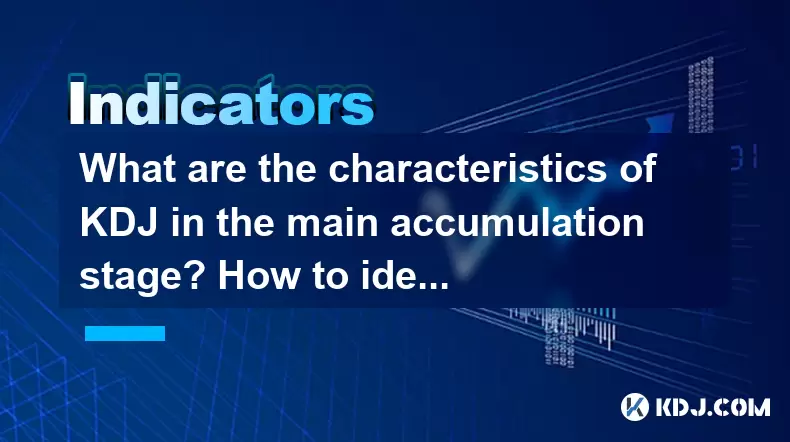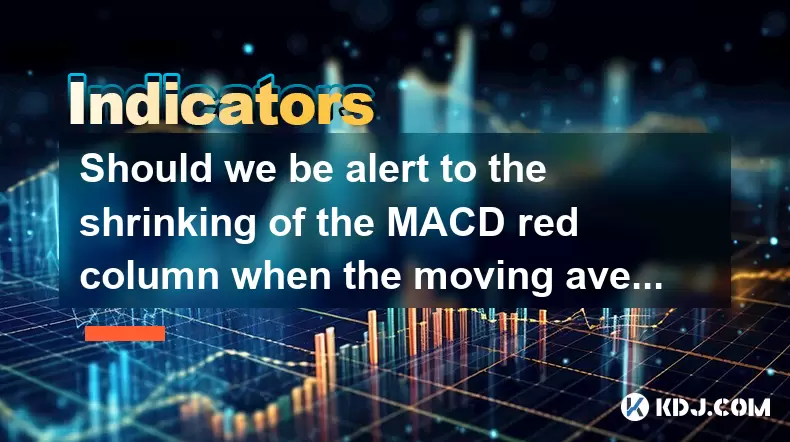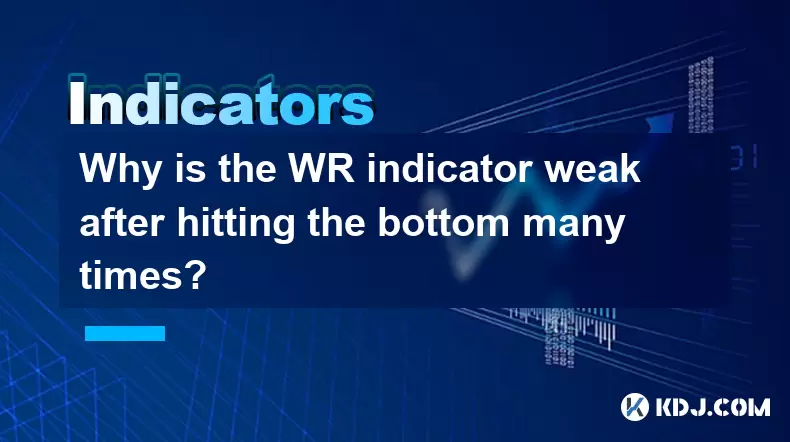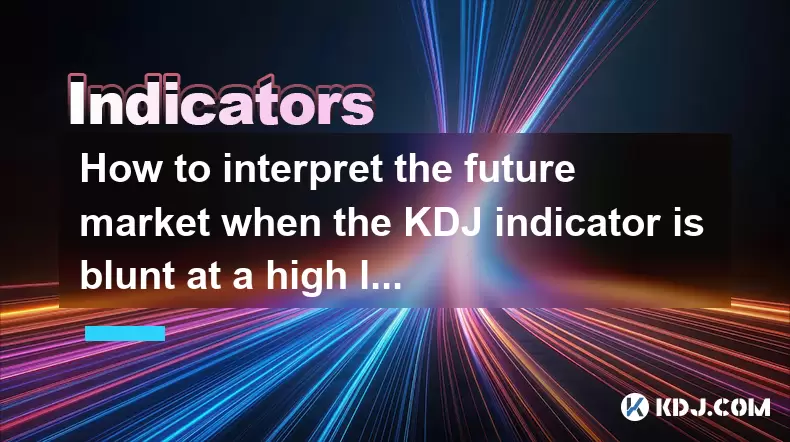-
 Bitcoin
Bitcoin $101,898.5005
-0.75% -
 Ethereum
Ethereum $2,258.1125
-1.07% -
 Tether USDt
Tether USDt $1.0004
0.01% -
 XRP
XRP $2.0178
-2.93% -
 BNB
BNB $624.0243
-1.53% -
 Solana
Solana $134.3298
-0.90% -
 USDC
USDC $0.9999
0.01% -
 TRON
TRON $0.2675
-2.05% -
 Dogecoin
Dogecoin $0.1538
-1.96% -
 Cardano
Cardano $0.5482
-1.11% -
 Hyperliquid
Hyperliquid $35.5636
5.45% -
 Bitcoin Cash
Bitcoin Cash $453.4902
-1.66% -
 Sui
Sui $2.5134
-2.97% -
 UNUS SED LEO
UNUS SED LEO $9.1292
1.77% -
 Chainlink
Chainlink $11.8457
-1.60% -
 Stellar
Stellar $0.2312
-2.73% -
 Avalanche
Avalanche $16.9721
0.29% -
 Toncoin
Toncoin $2.7549
-3.82% -
 Shiba Inu
Shiba Inu $0.0...01081
-1.10% -
 Litecoin
Litecoin $80.8250
-0.71% -
 Hedera
Hedera $0.1374
0.21% -
 Monero
Monero $305.4827
-2.36% -
 Ethena USDe
Ethena USDe $1.0006
0.00% -
 Dai
Dai $1.0000
-0.01% -
 Polkadot
Polkadot $3.2085
-3.12% -
 Bitget Token
Bitget Token $4.0845
-3.13% -
 Uniswap
Uniswap $6.3353
-1.63% -
 Pi
Pi $0.5085
-0.70% -
 Pepe
Pepe $0.0...08913
-3.82% -
 Aave
Aave $232.7090
-0.58%
What are the characteristics of KDJ in the main accumulation stage? How to identify when washing the plate?
KDJ indicator helps identify overbought/oversold conditions in crypto's main accumulation stage, crucial for spotting washouts and potential price movements.
May 23, 2025 at 11:15 am

The KDJ indicator is a popular tool used in technical analysis within the cryptocurrency trading community. It is primarily used to identify overbought or oversold conditions in the market, which can be particularly useful during the main accumulation stage of a cryptocurrency's price cycle. In this stage, understanding the characteristics of KDJ and identifying when a washout is occurring can be crucial for traders looking to capitalize on potential price movements.
Characteristics of KDJ in the Main Accumulation Stage
The main accumulation stage is a period when smart money or large investors are accumulating a cryptocurrency before a significant price increase. During this stage, the KDJ indicator can exhibit several key characteristics:
Fluctuation within a Range: In the main accumulation stage, the KDJ line often fluctuates within a relatively narrow range. This indicates that the market is consolidating and preparing for a potential breakout. Traders should watch for the KDJ line to move between 20 and 80, as this can signal a period of accumulation.
Frequent Crosses: The KDJ line may cross the signal line multiple times during the main accumulation stage. These crosses can indicate short-term buying or selling opportunities, but traders should be cautious and look for confirmation from other indicators, as false signals can be common during this stage.
Slow Divergence: Sometimes, the KDJ line may show a slow divergence from the price action. This occurs when the price of the cryptocurrency continues to move in one direction, but the KDJ line begins to move in the opposite direction. This can be an early sign that the accumulation stage is nearing its end and a breakout may be imminent.
Overbought and Oversold Conditions: The KDJ indicator will often enter overbought (above 80) and oversold (below 20) conditions during the main accumulation stage. However, these conditions may not lead to immediate price reversals, as the market is still consolidating. Traders should use these signals as a guide rather than a definitive entry or exit point.
Identifying When Washing the Plate
Washing the plate, also known as a washout or shakeout, is a tactic used by large investors to shake out weaker hands and accumulate more of the cryptocurrency at lower prices. Identifying when a washout is occurring can be challenging, but the KDJ indicator can provide some clues:
Sudden Drop in KDJ Line: A sudden drop in the KDJ line, particularly when it falls below 20 into the oversold territory, can signal the beginning of a washout. This rapid decline often accompanies a sharp drop in the cryptocurrency's price, which is intended to scare off less committed traders.
Volume Spike: During a washout, there is often a spike in trading volume. This increase in volume can confirm that large investors are actively selling off their positions to create panic in the market. Traders should look for this volume spike in conjunction with the KDJ line's movement.
Quick Recovery: After the initial drop, the KDJ line may quickly recover and move back above 20. This rapid recovery can indicate that the washout was successful in shaking out weaker hands and that the price is ready to resume its upward trend. Traders should be prepared to enter positions during this recovery phase.
Confirmation from Other Indicators: While the KDJ indicator can provide valuable insights, it is essential to confirm its signals with other technical indicators, such as the Relative Strength Index (RSI) or Moving Averages. If multiple indicators align, it increases the likelihood that a washout is occurring and that the price will soon recover.
Using KDJ in Conjunction with Other Indicators
To effectively use the KDJ indicator during the main accumulation stage and to identify washouts, traders should combine it with other technical analysis tools. Here are some strategies to consider:
Combining with RSI: The RSI is another momentum oscillator that can help confirm overbought and oversold conditions indicated by the KDJ. If both the KDJ and RSI are showing similar signals, it increases the confidence in the trade setup.
Using Moving Averages: Moving averages can help identify the overall trend of the cryptocurrency. If the KDJ line is showing a potential breakout or washout, traders should check if the price is above or below key moving averages to confirm the direction of the trend.
Volume Analysis: Volume is a critical factor in confirming price movements. During the main accumulation stage, traders should pay close attention to volume spikes, which can indicate the beginning or end of a washout.
Candlestick Patterns: Candlestick patterns can provide additional confirmation of potential reversals or continuations. If the KDJ line is signaling a potential washout, traders should look for bearish or bullish candlestick patterns to confirm the move.
Practical Steps to Use KDJ for Identifying Washouts
To effectively use the KDJ indicator to identify washouts, traders can follow these practical steps:
Monitor the KDJ Line: Keep a close eye on the KDJ line, particularly when it enters the oversold territory (below 20). A sudden drop in the KDJ line can be an early sign of a washout.
Watch for Volume Spikes: Look for significant increases in trading volume, which can confirm that a washout is in progress. High volume during a price drop can indicate that large investors are actively selling to shake out weaker hands.
Observe the Price Action: Pay attention to the price action of the cryptocurrency. A sharp decline followed by a quick recovery can be a clear sign of a successful washout. Traders should be ready to enter positions during this recovery phase.
Confirm with Other Indicators: Use other technical indicators, such as the RSI, Moving Averages, and candlestick patterns, to confirm the signals provided by the KDJ. If multiple indicators align, it increases the likelihood of a successful trade.
Set Stop-Losses: Always set stop-loss orders to manage risk. During a washout, prices can drop rapidly, and stop-losses can help protect against significant losses. Place stop-losses below key support levels identified by the KDJ and other indicators.
Case Study: Identifying a Washout with KDJ
To illustrate how the KDJ indicator can be used to identify a washout, let's consider a hypothetical case study of a cryptocurrency in the main accumulation stage:
Initial Setup: The cryptocurrency has been trading in a narrow range for several weeks, with the KDJ line fluctuating between 20 and 80. This indicates that the market is in the main accumulation stage.
Sudden Drop: Suddenly, the KDJ line drops below 20 into the oversold territory, and the price of the cryptocurrency experiences a sharp decline. This drop is accompanied by a significant spike in trading volume, suggesting that large investors are selling off their positions to create panic.
Quick Recovery: After the initial drop, the KDJ line quickly recovers and moves back above 20. The price of the cryptocurrency also begins to recover, indicating that the washout was successful in shaking out weaker hands.
Confirmation: The RSI also shows a similar pattern, moving into oversold territory and then quickly recovering. The price is above the 50-day moving average, confirming the overall bullish trend. A bullish candlestick pattern, such as a hammer, forms at the bottom of the price drop, further confirming the potential for a price recovery.
Entry Point: Based on these signals, traders can consider entering a long position during the recovery phase, with a stop-loss placed below the recent low. As the price continues to rise, traders can adjust their stop-loss to lock in profits.
Frequently Asked Questions
Q: Can the KDJ indicator be used effectively in highly volatile markets?
A: Yes, the KDJ indicator can be used in highly volatile markets, but traders should be cautious and use it in conjunction with other indicators to confirm signals. Volatility can lead to more false signals, so it's important to look for alignment across multiple technical analysis tools.
Q: How often should traders check the KDJ indicator during the main accumulation stage?
A: Traders should check the KDJ indicator regularly, ideally on a daily basis, to monitor for potential signals. However, it's important not to overreact to every minor fluctuation and to look for consistent patterns over time.
Q: Is the KDJ indicator more effective for short-term or long-term trading?
A: The KDJ indicator can be used for both short-term and long-term trading, but it is generally more effective for short-term trading due to its sensitivity to price movements. For long-term trading, it's best used in conjunction with other indicators that provide a broader view of the market trend.
Q: Can the KDJ indicator be used to predict the end of the main accumulation stage?
A: While the KDJ indicator can provide clues about the end of the main accumulation stage, such as slow divergence and overbought conditions, it cannot predict the exact timing. Traders should use it as part of a broader analysis strategy and be prepared for potential breakouts.
Disclaimer:info@kdj.com
The information provided is not trading advice. kdj.com does not assume any responsibility for any investments made based on the information provided in this article. Cryptocurrencies are highly volatile and it is highly recommended that you invest with caution after thorough research!
If you believe that the content used on this website infringes your copyright, please contact us immediately (info@kdj.com) and we will delete it promptly.
- DOGE Recovery Amid US-Iran Tensions: A Market Rollercoaster
- 2025-06-23 20:45:13
- Fiserv, PayPal, and Stablecoins: A New Era of Interoperability?
- 2025-06-23 20:45:13
- Hacken Token's Wild Ride: Minting Exploit and the Cryptocurrency Crash
- 2025-06-23 21:05:12
- Dogecoin, Cloud Mining, and Blockchain: A Meme's Evolution
- 2025-06-23 21:25:12
- Layer 1 Turmoil: CEO Ousted Amidst Scam Allegations
- 2025-06-23 21:05:12
- Solana's Stumble: Price Crash and Network Exodus?
- 2025-06-23 21:25:12
Related knowledge

What is the significance of the gap formed by the gap opening not being filled within five days?
Jun 23,2025 at 09:42pm
Understanding Gaps in Cryptocurrency TradingIn the world of cryptocurrency trading, a gap refers to a situation where the price of an asset jumps from one level to another without any trading activity occurring between those two levels. This often happens over weekends or holidays when the market is closed, and significant news or events occur that impa...

Does the second golden cross of MACD above the zero axis represent the continuation of strength?
Jun 23,2025 at 08:21pm
Understanding the MACD IndicatorThe Moving Average Convergence Divergence (MACD) is a widely used technical analysis tool in cryptocurrency trading. It consists of three main components: the MACD line, the signal line, and the histogram. The MACD line is calculated by subtracting the 26-period Exponential Moving Average (EMA) from the 12-period EMA. The...

Is it effective when the DIF line suddenly crosses the zero axis when the volume is shrinking and the market is trading sideways?
Jun 23,2025 at 07:29pm
Understanding the DIF Line in Technical AnalysisThe DIF line, or the Difference Line, is a critical component of the MACD (Moving Average Convergence Divergence) indicator, widely used in technical analysis across cryptocurrency and traditional financial markets. It represents the difference between the 12-period EMA (Exponential Moving Average) and the...

Should we be alert to the shrinking of the MACD red column when the moving average is arranged in a bullish pattern?
Jun 23,2025 at 08:14pm
Understanding the MACD Red Column and Its SignificanceThe Moving Average Convergence Divergence (MACD) is a widely used technical indicator in cryptocurrency trading. It consists of three main components: the MACD line, the signal line, and the MACD histogram (the red column). The red column represents the difference between the MACD line and the signal...

Why is the WR indicator weak after hitting the bottom many times?
Jun 23,2025 at 07:56pm
Understanding the WR Indicator in Cryptocurrency TradingThe Williams %R (WR) indicator is a momentum oscillator used by traders to identify overbought and oversold levels in the market. It ranges from 0 to -100, with readings above -20 considered overbought and below -80 considered oversold. In the context of cryptocurrency trading, where volatility is ...

How to interpret the future market when the KDJ indicator is blunt at a high level for a long time?
Jun 23,2025 at 10:35pm
Understanding the KDJ Indicator in Cryptocurrency TradingThe KDJ indicator, also known as the stochastic oscillator, is a momentum-based technical analysis tool used to identify overbought and oversold conditions in financial markets. It consists of three lines: the %K line (fast stochastic), the %D line (slow stochastic), and the J line (divergence). I...

What is the significance of the gap formed by the gap opening not being filled within five days?
Jun 23,2025 at 09:42pm
Understanding Gaps in Cryptocurrency TradingIn the world of cryptocurrency trading, a gap refers to a situation where the price of an asset jumps from one level to another without any trading activity occurring between those two levels. This often happens over weekends or holidays when the market is closed, and significant news or events occur that impa...

Does the second golden cross of MACD above the zero axis represent the continuation of strength?
Jun 23,2025 at 08:21pm
Understanding the MACD IndicatorThe Moving Average Convergence Divergence (MACD) is a widely used technical analysis tool in cryptocurrency trading. It consists of three main components: the MACD line, the signal line, and the histogram. The MACD line is calculated by subtracting the 26-period Exponential Moving Average (EMA) from the 12-period EMA. The...

Is it effective when the DIF line suddenly crosses the zero axis when the volume is shrinking and the market is trading sideways?
Jun 23,2025 at 07:29pm
Understanding the DIF Line in Technical AnalysisThe DIF line, or the Difference Line, is a critical component of the MACD (Moving Average Convergence Divergence) indicator, widely used in technical analysis across cryptocurrency and traditional financial markets. It represents the difference between the 12-period EMA (Exponential Moving Average) and the...

Should we be alert to the shrinking of the MACD red column when the moving average is arranged in a bullish pattern?
Jun 23,2025 at 08:14pm
Understanding the MACD Red Column and Its SignificanceThe Moving Average Convergence Divergence (MACD) is a widely used technical indicator in cryptocurrency trading. It consists of three main components: the MACD line, the signal line, and the MACD histogram (the red column). The red column represents the difference between the MACD line and the signal...

Why is the WR indicator weak after hitting the bottom many times?
Jun 23,2025 at 07:56pm
Understanding the WR Indicator in Cryptocurrency TradingThe Williams %R (WR) indicator is a momentum oscillator used by traders to identify overbought and oversold levels in the market. It ranges from 0 to -100, with readings above -20 considered overbought and below -80 considered oversold. In the context of cryptocurrency trading, where volatility is ...

How to interpret the future market when the KDJ indicator is blunt at a high level for a long time?
Jun 23,2025 at 10:35pm
Understanding the KDJ Indicator in Cryptocurrency TradingThe KDJ indicator, also known as the stochastic oscillator, is a momentum-based technical analysis tool used to identify overbought and oversold conditions in financial markets. It consists of three lines: the %K line (fast stochastic), the %D line (slow stochastic), and the J line (divergence). I...
See all articles
























































































